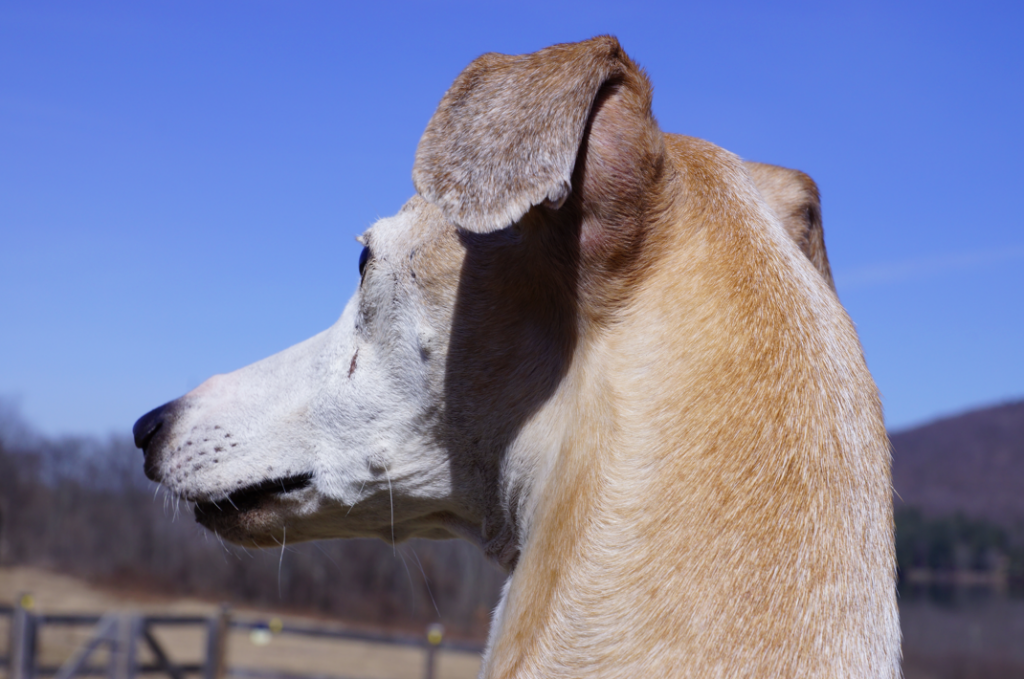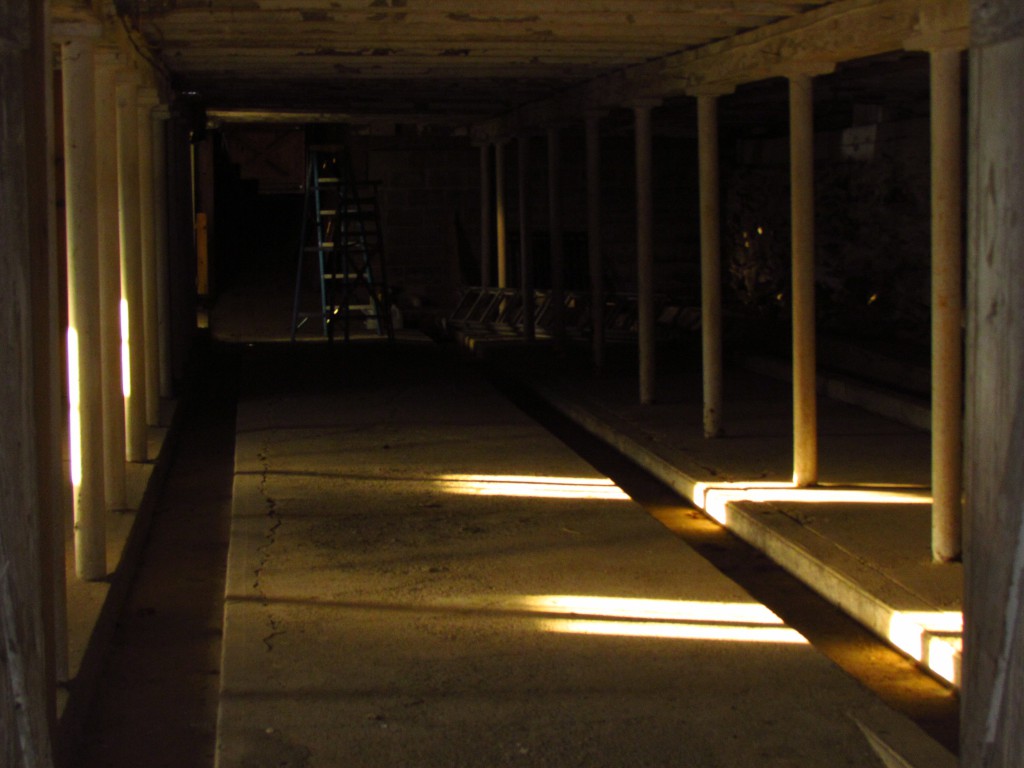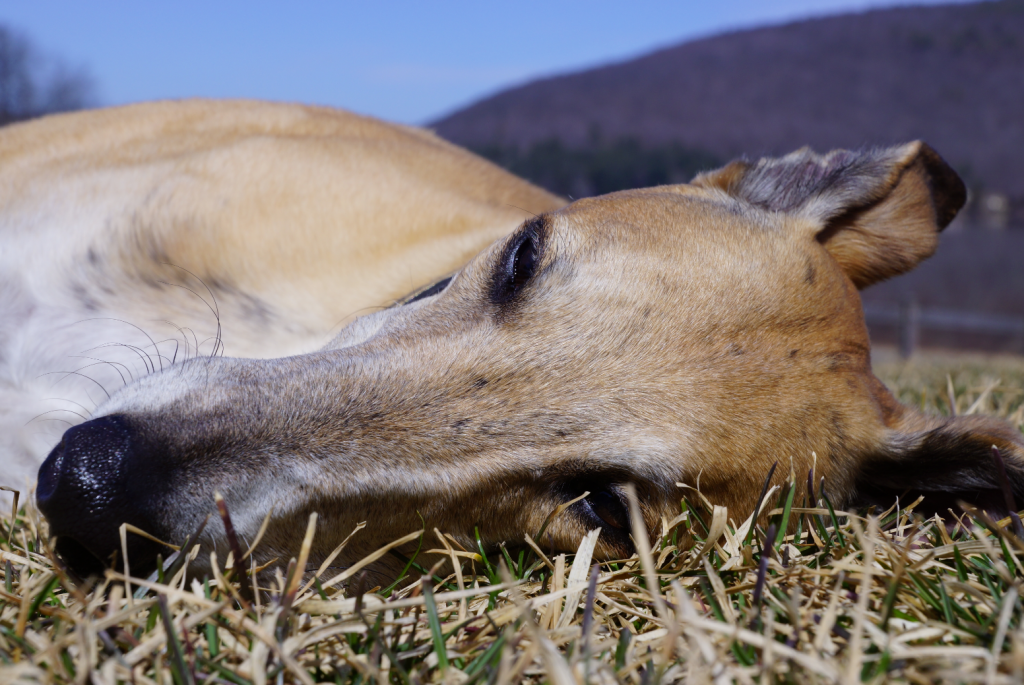
This is Cho, our Spanish Galgo. The Galgo is a sight hound from the Andalucian region of Spain, used by the gypsies for hunting. What I just learned from Wikipedia is that the name comes from the Gauls, a tribe of Celts who inhabited the Iberian peninsula from 400-600 BC. I am told that they have some Saluki in their background as well.
They look like greyhounds, but really that is just a ruse. They are a different kind of dog entirely. We have had eight greyhounds over the years, and two Galgos. The Galgo is built for distance running, which we found out when we first brought our ten-year old Galga, Gordita, to Lucy Vincent Beach on Martha’s Vineyard. We thought the cliffs would keep her on the beach, and watched in alarm as she scaled the cliffs as if they were flat.
Actually, it was Maria Wulf who inspired this post with her blog about watching her dog Frieda run free, and how she became this wild being. (Read it, it’s a wonderful piece.) As I read it I thought, “Ah, yes, I know that.”
Cho is a fence climber. I took this picture because this is how Cho looks just before he goes over the fence. He scrambles over it and is off. Once over, he is truly gone. Cho is now 17-years old, but to see him run is a miracle. He is a blond ribbon of speed flying across our meadows, across the street, and up into the farm across the way. He does not hear us, he does not see us. He is hunting. Unfortunately, he is sometimes hunting Mamacita, with whom he is obsessed, and at other times a skunk that lives under the barn. Mamacita has marked up his nose several times, which he does not find discouraging. And the skunk – well never mind.
One night last spring, Cho went over and out. He tore across the road and into the farm. We called and called. We could hear him, feel that he was very close, but it was as if he had become the ghost dog, the mad dog. Finally, after about an hour, he came in and threw up a clump of grass the size of a large raccoon.
We got Cho when he was 9-years old. He had been returned to Greyhound Friends by someone who had adopted him and then not been able to manage him. He is indeed a piece of work. We think that this is because he spent the first 8 years of his life as a street dog, or a gypsy dog, which is pretty much the same thing.
This morning at 6 am he went over and stood in the middle of the field barking loudly at something very specific and very invisible, even to my binoculars. Then he came in and jumped on the bed for a snooze. So there you have it: the wild and the tame in no particular order.


